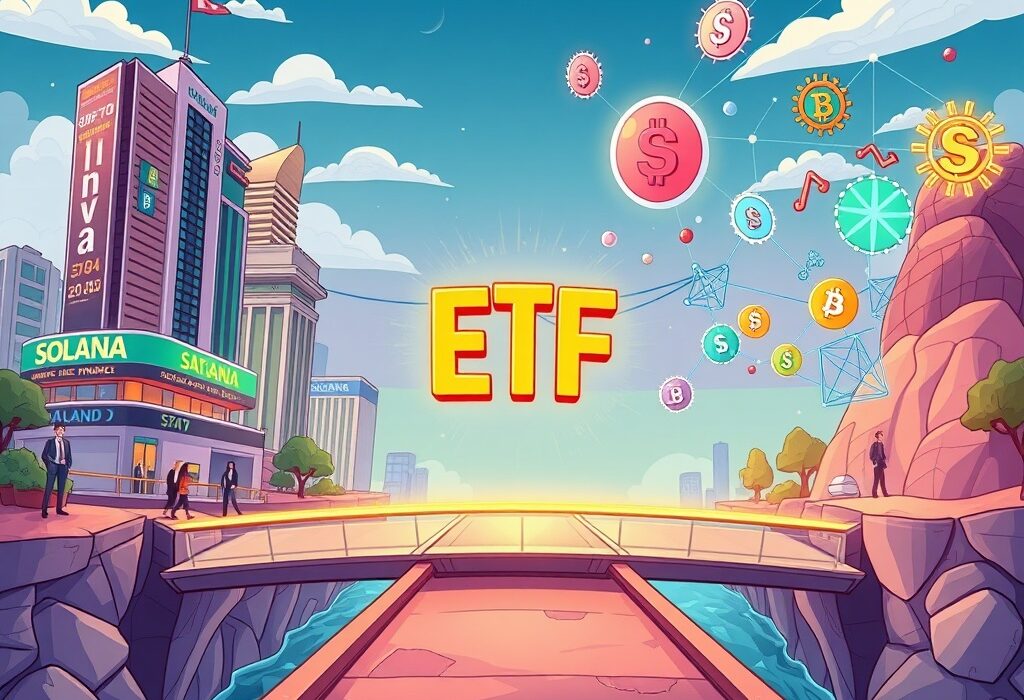Bitcoin was created in 2008 by the mysterious figure known as Satoshi Nakamoto. It was designed as a peer-to-peer digital currency, allowing people to transfer value instantly without relying on banks or middlemen. The first Bitcoin block was mined on January 3, 2009, marking the birth of an asset that would reshape finance forever. In the beginning, there was no real price attached to Bitcoin. It was only when transactions began between individuals that its monetary value started to take shape.

One of the most iconic moments in Bitcoin history occurred in May 2010, when developer Laszlo Hanyecz paid ten thousand Bitcoins for two pizzas. At that time, the Bitcoins were worth just forty-one dollars, but the purchase is now remembered as the first recorded commercial use of Bitcoin. That transaction has since become a symbol of how something seemingly small can later define an entire financial revolution.
The Early Years and First Major Crash
By 2011, Bitcoin achieved parity with the US dollar for the first time, trading at one dollar per coin. Soon after, prices surged to over thirty dollars before crashing back down. The volatility highlighted both the promise and risk of this new currency. Around the same time, the dark web marketplace Silk Road began using Bitcoin as its primary payment method, drawing attention from regulators and fueling debates about its legitimacy.
The first Bitcoin halving in 2012 reduced mining rewards from fifty to twenty-five coins per block. This introduced the supply mechanics that continue to shape Bitcoin’s long-term value. However, the biggest setback of this era was the collapse of Mt. Gox, a Tokyo-based exchange that once handled over seventy percent of global Bitcoin trades. In 2014, it filed for bankruptcy after losing more than eight hundred thousand Bitcoins in a massive hack, shaking investor confidence worldwide.

The Rise of Ethereum, ICOs, and the $20,000 Peak
Bitcoin recovered over time, and by 2016 it was trading above seven hundred dollars. The second halving brought rewards down to twelve and a half Bitcoins per block. Meanwhile, the launch of Ethereum introduced smart contracts, paving the way for the boom in Initial Coin Offerings. By December 2017, Bitcoin’s price reached nearly twenty thousand dollars, only to crash again to three thousand dollars the following year. This cycle of boom and bust would become a defining feature of cryptocurrency markets.
DeFi, NFTs, and the 2020 Rally
In 2020, Bitcoin underwent its third halving, reducing block rewards to six and a quarter coins. The timing coincided with global lockdowns and near-zero interest rates, pushing investors toward alternative assets. Bitcoin surged from four thousand dollars to nearly seventy thousand dollars by late 2021. This period also saw the explosive rise of decentralized finance platforms, non-fungible tokens, and the metaverse economy, all powered largely by Ethereum.
The rally ended with the collapse of major projects such as Terra Luna in 2022 and the infamous fall of FTX, one of the largest global crypto exchanges. These failures triggered a wave of bankruptcies across the industry and brought renewed calls for stronger regulation.

Institutional Adoption and the ETF Revolution
By 2023 and 2024, the crypto market entered a new phase of maturity. The approval of Bitcoin exchange-traded funds opened the doors for pension funds, insurance companies, and traditional asset managers to invest. Within months, Bitcoin ETFs attracted billions of dollars, something that had taken gold ETFs years to achieve.
Companies also began holding Bitcoin in their treasuries as part of long-term investment strategies. MicroStrategy, led by Michael Saylor, became the most famous example, turning a modest initial purchase into tens of billions in holdings. Other corporations followed suit, viewing Bitcoin as digital gold.

The Road Ahead
Today, Bitcoin stands as a two trillion dollar asset class, commanding attention from governments, investors, and ordinary citizens alike. Its journey from an obscure whitepaper in 2008 to a household name has been marked by innovation, volatility, and resilience.
Whether Bitcoin will eventually surpass gold in market capitalization or even touch the long-dreamed price of one million dollars remains uncertain. What is clear, however, is that Bitcoin has permanently altered the way we think about money, value, and financial freedom.
For more insights on Bitcoin, cryptocurrencies, and the future of investing, follow You Finance on Instagram and Facebook. Stay informed, stay ahead, and build wealth with knowledge.















